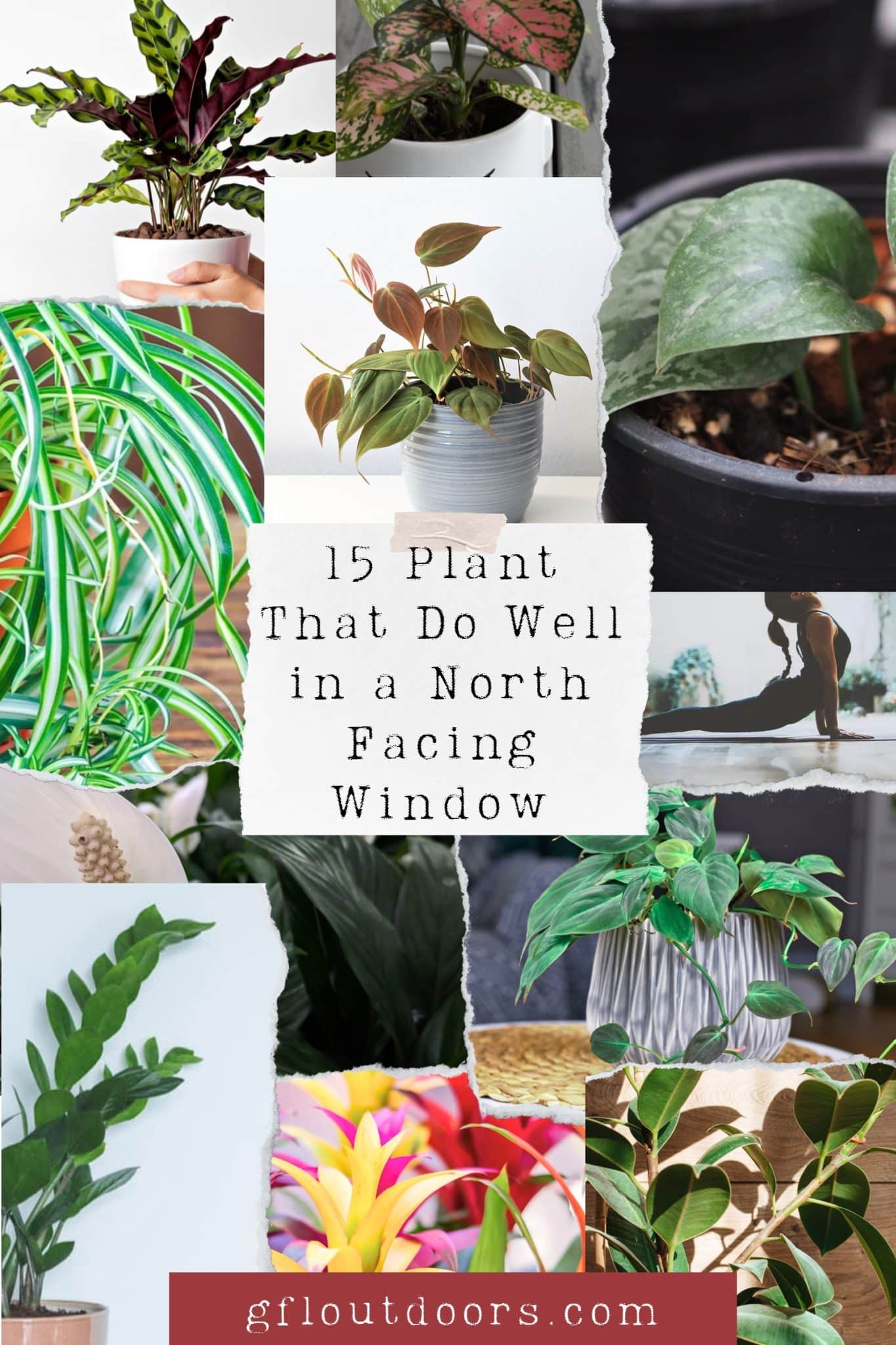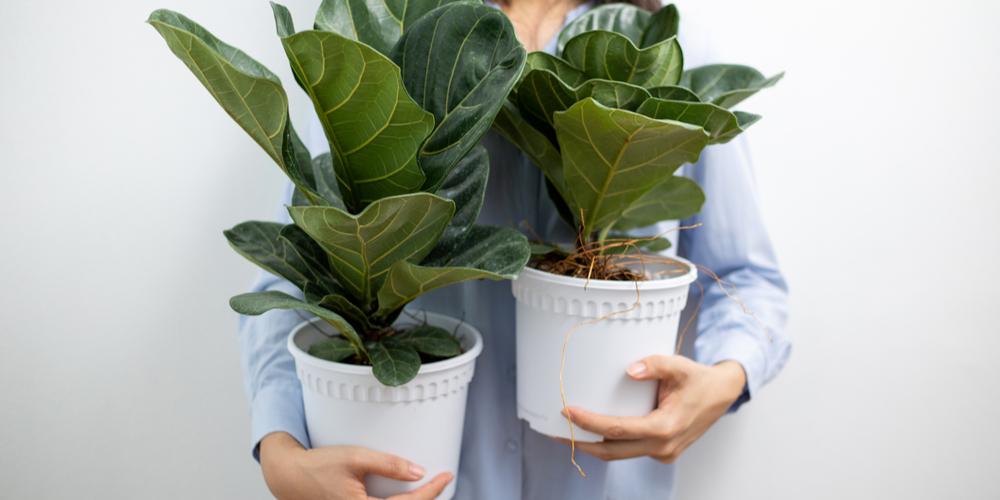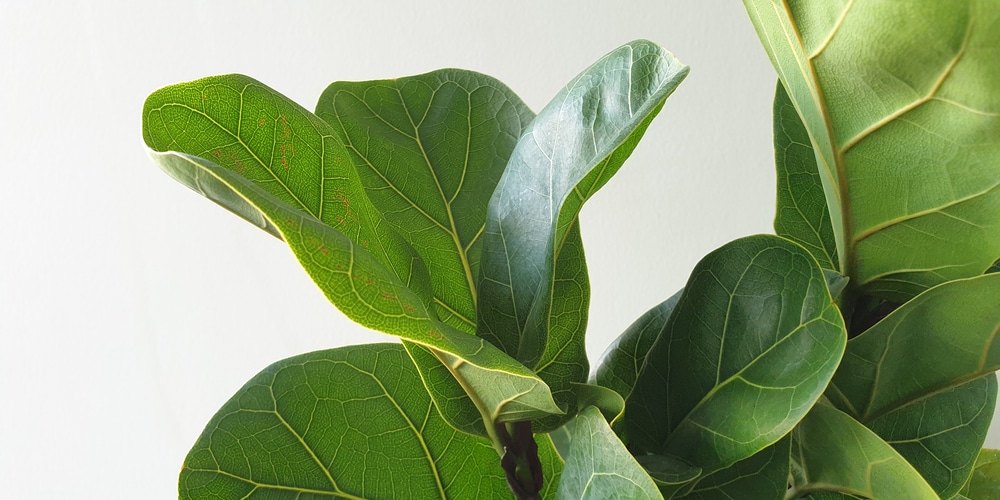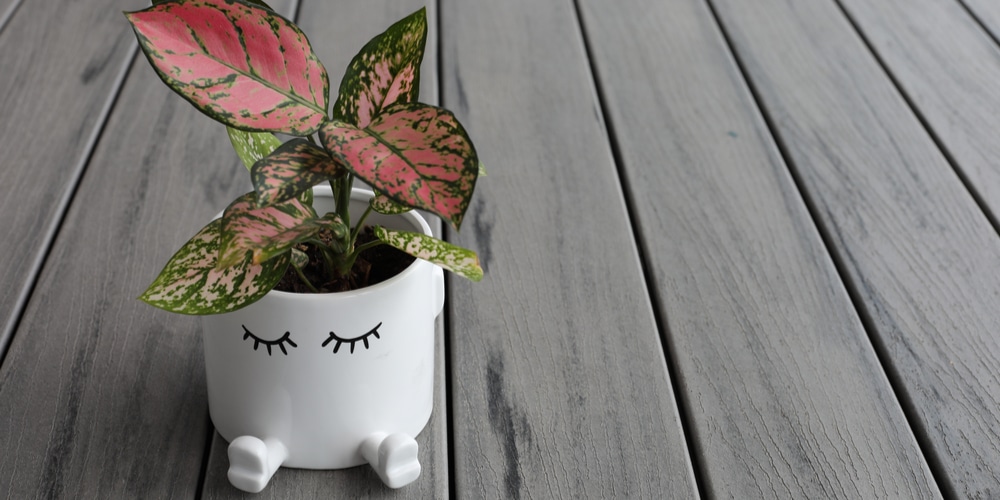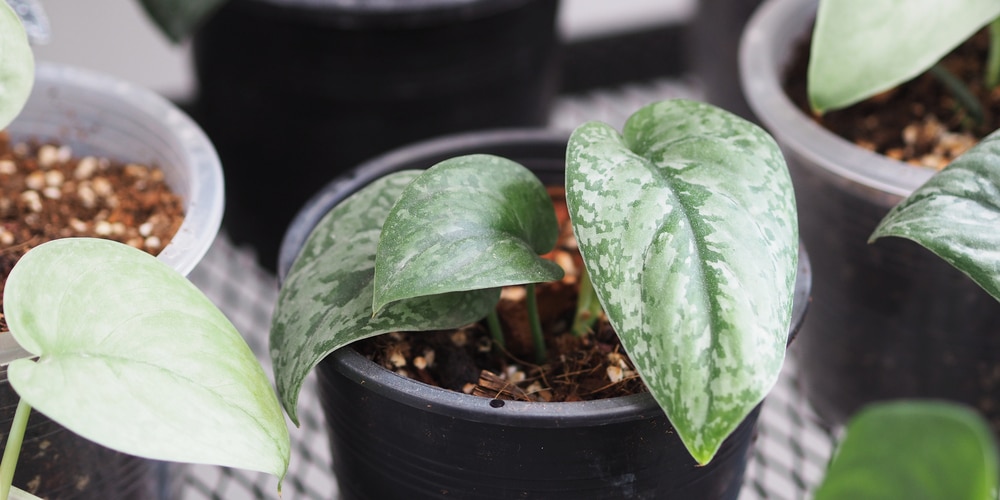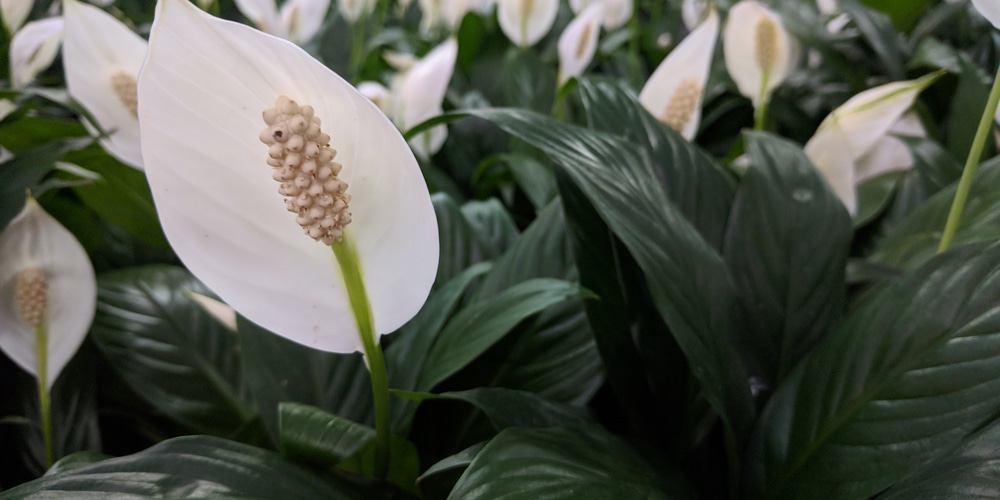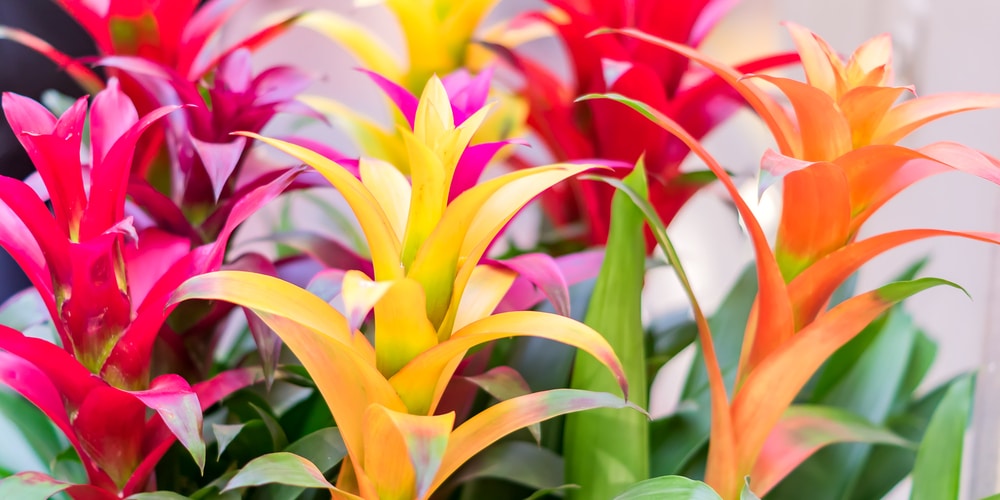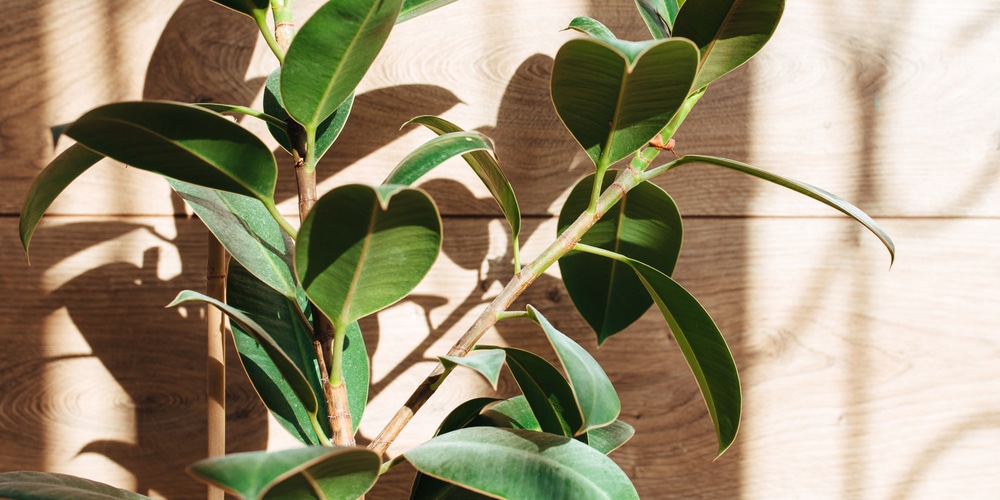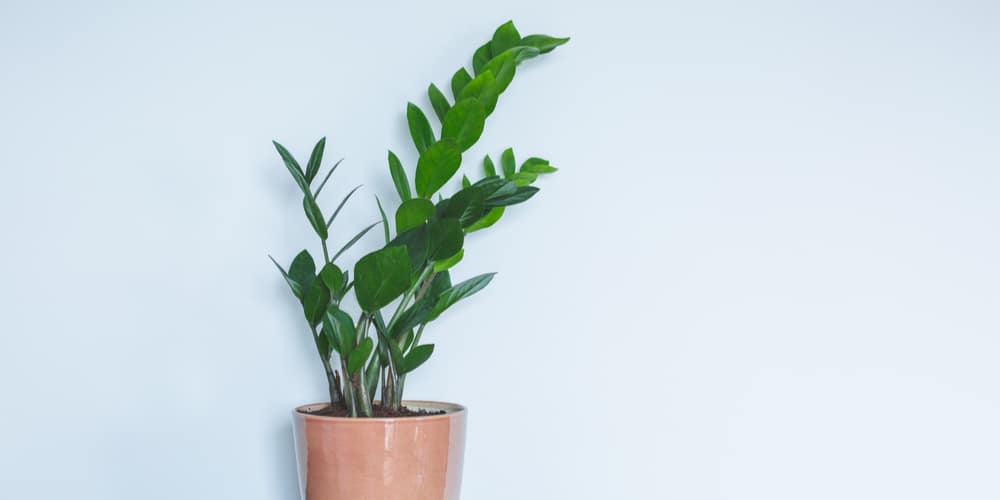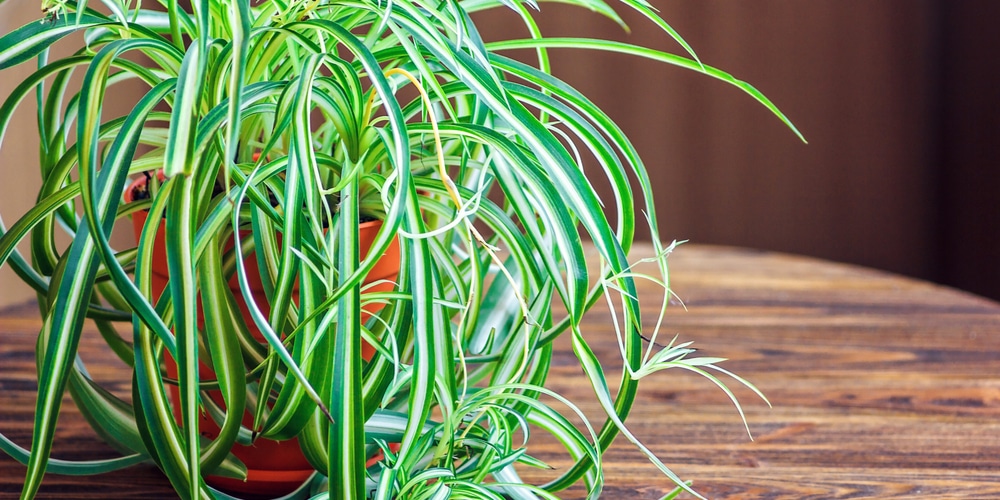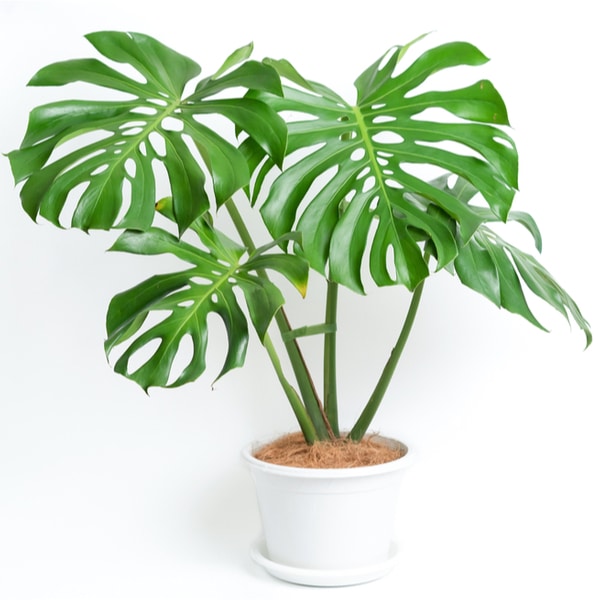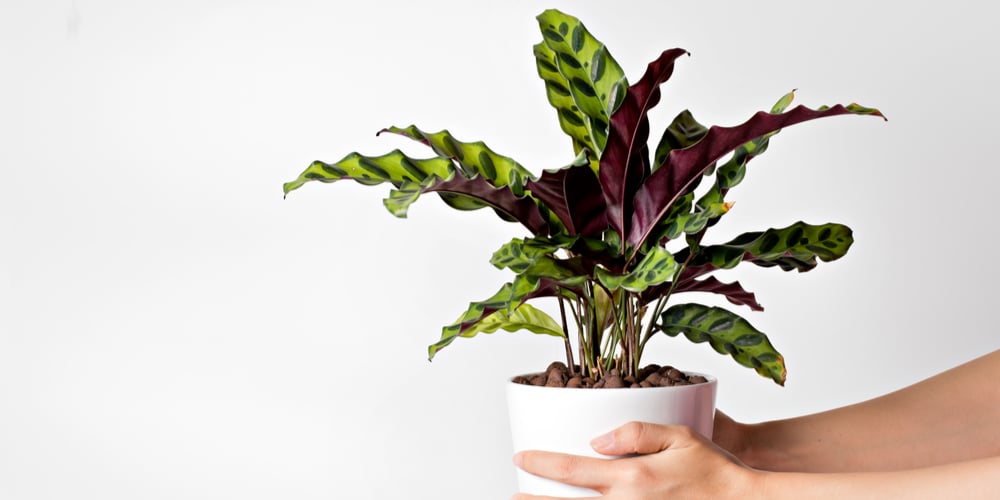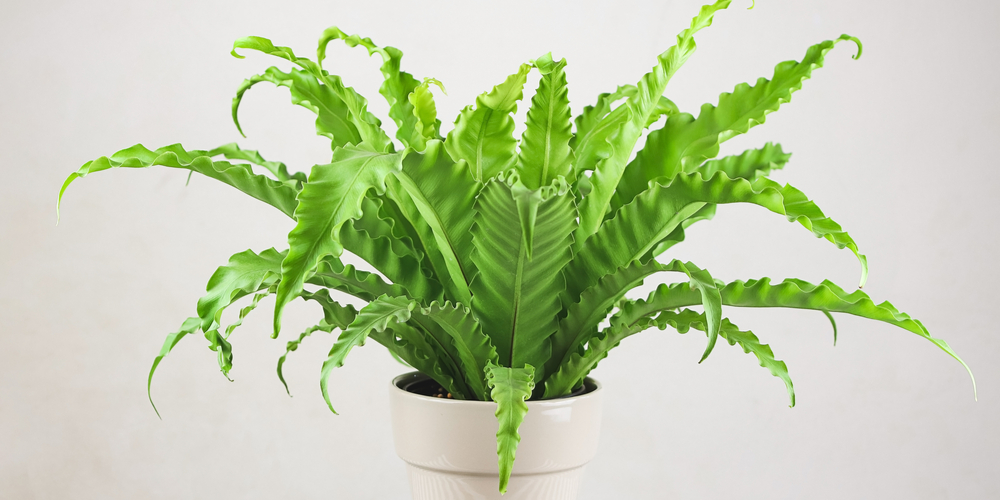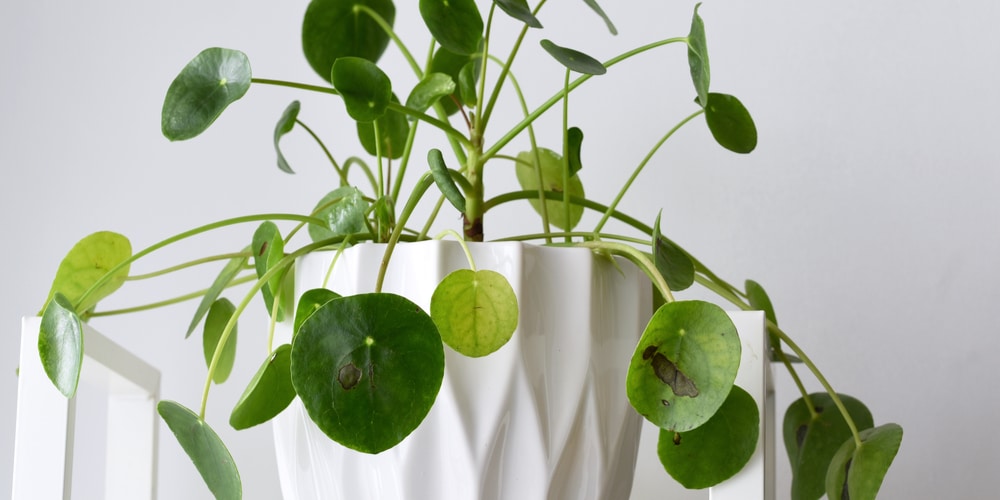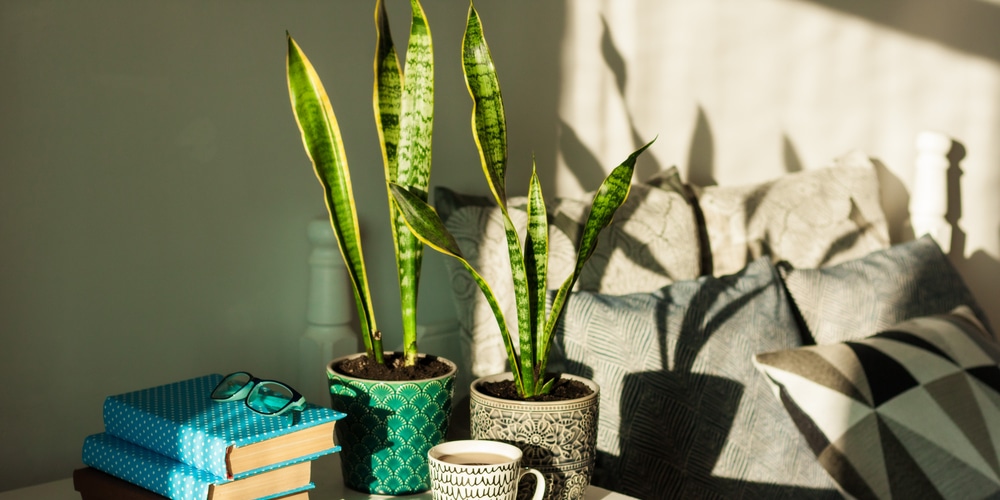For most of us, we were conditioned that the majority of indoor plants should be placed in south-facing windows. While this may be the case for some of the plants that we typically think of when it comes to houseplants (i.e., African violets, jade plants, and other succulents), there are actually a wide variety of plants that do quite well in north-facing windows.
In fact, a wide range of indoor plants thrives and grow best when placed in areas with a softer light, such as north-facing windows. These plants are the ones that you typically find in tropical regions where they dwell under the dense canopy of the rainforest.
This means that if you have a north-facing window in your home, you’re in luck! You can grow various beautiful and lush plants that will not only add life to your space but also help purify the air.
To help you kickstart your indoor jungle, we’ve put together a list of 15 gorgeous north-facing window plants that are sure to thrive in your space.
15 North Facing Window Plants to Spruce Up Your Space
Narrowing down the list of beautiful north-facing window plants was no easy feat. There are just too many to choose from! But after much deliberation, we’ve compiled a list of 15 that we think are sure to add some life and personality to your space.
From low-maintenance plants like philodendrons to cascading beauties like ferns, there’s sure to be a plant on this list that’s perfect for your home.
So without further ado, here are 15 gorgeous north-facing window plants for your space:
1) Fiddle Leaf Fig
Move away from the traditional south-facing window plant and bring some life to your north-facing windows with a fiddle leaf fig. Prized for its large, glossy leaves, the fiddle leaf fig is a showstopper that will liven up any space.
Fiddle leaf figs are relatively low-maintenance and only need to be watered once a week. While they don’t mind a bit of sunshine every once in a while, fiddle leaf figs like indirect sunlight.
Typically, fiddle leaf figs can grow up to six feet tall, so make sure you have plenty of room for this beauty to spread out. While they make great centerpieces, these beautiful plants can fill up an empty corner quickly.
2) Aglaonemas
Commonly known as Chinese evergreens, aglaonemas are low-maintenance plants that thrive in shady areas. Prized and loved for their beautiful foliage, these plants come in a variety of colors and patterns. Its reddish leaves with green and silver markings make it a popular choice for those looking to add a pop of color to their space.
While they’re not fans of direct sunlight, aglaonemas will do well in bright, indirect light. They prefer to be kept on the drier side, a perfect plant for those who are forgetful when it comes to watering.
Additionally, aglaonemas don’t grow as big as the fiddle leaf fig, but they’ll surely look lovely when placed on tabletops and shelves. They can grow anywhere from six to twelve inches tall.
Did you know that aglaonemas are also known to be excellent air purifiers? These beautiful plants can help remove harmful toxins from the air, making them a perfect addition to any home.
3) Pothos
Pothos is one of the most popular houseplants around, known for their trailing vines and beautiful, heart-shaped leaves. And for a good reason! These low-maintenance plants are ridiculously easy to care for and make a great addition to any space. In fact, even those who are new to plant parenthood can successfully grow pothos.
Pothos prefer bright, indirect light but can also tolerate low-light conditions. They should be watered about once a week or when the soil is dry to the touch. These beautiful plants can grow anywhere from six to ten feet long, making them perfect for hanging baskets or cascading over shelves.
You’ll often see them on top of kitchen cabinets, trailing down from high windowsills. Or, if you have a bare wall, pothos makes a great living wall art.
Don’t underestimate its gorgeous leaves. Pothos are known to help remove the presence of formaldehyde and other harmful toxins from the air, making it a perfect plant for any home.
4) Philondrenon Micans
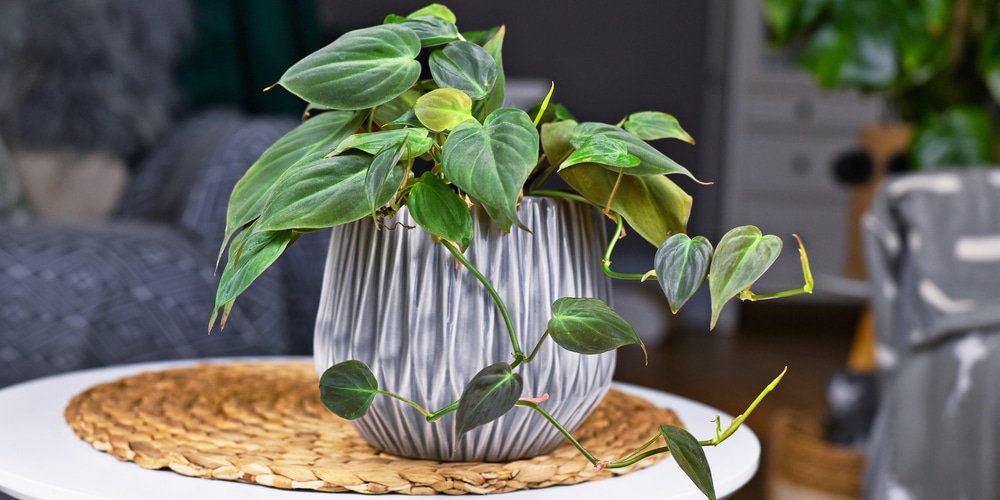
Among the different Philondrenon varieties, Micans is by far the most popular. And it’s not hard to see why! These beautiful plants are prized for their velvety, heart-shaped leaves that range in color from deep green to burgundy. Philodendron Micans is also super easy to propagate.
A closer look at this plant’s foliage will reveal tiny red or yellowish hairs, which is why it’s also known as the velvet leaf philodendron.
While they’re often mistaken for pothos, these two plants are actually quite different. Philondrenon Micans have more texture on their leaves, and their stems are much sturdier. Like pothos, they can be trained to trail down from shelves or climb a trellis.
Native to the tropical rainforests of Central and South America, these plants are used to humid conditions. However, they can also tolerate drier air and can survive in a variety of lighting conditions. If you are looking for something a little more exotic, you could check out Philodendron Jungle Boogie.
5) Peace Lily
When you think of a dramatic plant, what comes to mind? For many, it’s the peace lily. With its large, glossy leaves and beautiful white flowers, this plant makes quite a statement.
And while they’re often associated with funerals and somber occasions, peace lilies can actually brighten up any space. They help to purify the air and remove harmful toxins, making them a perfect addition to any home.
Peace lilies prefer shady areas and should be watered about once a week or when the soil is dry to the touch. In fact, when their soil gets dry, their leaves will start to droop or turn yellow, which is a telltale sign that they need to be watered. It’s hard to overwater a peace lily.
Some indoor plant keepers would like to wait for this to happen before watering their plants, as it’s a good way to avoid overwatering. Don’t worry, once you give it a good watering, your plant will perk right back up. This is one of the reasons why they’re often known as the resurrection plant.
While they don’t require much care, peace lilies are poisonous to pets and children if ingested. So, if you have little ones or furry friends running around your home, it’s best to keep this plant out of reach.
6) Bromeliad
Most flowering plants need a south-facing window or direct sunlight for their blooms to fully open. However, the bromeliad is a bit different. These beautiful plants actually prefer bright, indirect light and can even tolerate low-light conditions.
A north-facing window will suffice, and you’ll still be able to enjoy its colorful flowers. Bromeliads come in various colors, from vibrant pink and orange to more subdued hues like white and green.
While you won’t see multiple flowers blossoming at the same time, its flowers are known to stay for half a year! One of the things that you should know is that this plant doesn’t like large pots. Make sure that the pot you choose is only slightly larger than the plant’s root ball.
Bromeliads are also quite drought-tolerant and can go weeks without being watered. Just be sure to mist its leaves regularly, as they like humid conditions.
7) Rubber Plant
Making a comeback in recent years, the rubber plant is a trendy houseplant that’s perfect for any space. These plants are known for their large, glossy leaves and can grow to be quite tall.
You’ll see these indoor plants situated in all sorts of spaces, from modern apartments to more traditional homes. And while they look great as a standalone plant, they can also be used to fill empty corners. They perfectly compliment any type of décor, whether placed in front of sheer curtains or beside a stack of books.
Much like the peace lily, rubber plants are poisonous to pets and children if ingested. So, if you have little ones running around your home, it’s best to keep this plant out of reach. These plants prefer bright, indirect light but can also tolerate low-light conditions. If your rubber plant’s leaves start falling off, then you know you’ve cut too much light.
8) ZZ Plant
The Zamioculcas Zamiifolia, or ZZ plant, is a popular houseplant grown for its glossy foliage. These plants are native to Africa and can tolerate a wide range of conditions, making them perfect for anyone, whether you’re a beginner or an experienced plant parent.
In their native habitat, this plant can be found near grasslands or woodlands. They have the ability to store water in their thick, tuberous roots, which is why they can survive in such dry conditions.
While the ZZ plant doesn’t require a lot of light, it’s best to place it in a bright spot. These plants are also quite drought-tolerant and can go weeks without being watered. However, you should still mist its leaves regularly, as they like humid conditions.
9) Spider Plant
At one point in your life, you’ve probably seen one of these. Your grandma may have had one, or your next-door neighbor. The spider plant is a popular houseplant that’s known for its ability to purify the air.
Their growing popularity is due to the fact that they’re easy to care for and can tolerate a wide range of conditions. It got its name from its foliage, which looks like miniature spiders. These plants are also known to produce small white flowers.
There is no need to fertilize, as spider plants are quite resilient. Additionally, they don’t require a lot of light, making them perfect for any space in your home. Sunlight coming in from a north-facing window sill will suffice.
10) Monstera Deliciosa
These plants surely deserve a spot on this list. Monstera Deliciosas, are known for their large leaves that have holes in them. They’ve been a top choice for indoor plants and have been seen in homes since the 1970s.
While the name “Monstera Deliciosa” might make you think that these plants are difficult to care for, they’re actually quite easy. They’re a fast-growing plant and can reach up to 20 feet in height!
Initially, Monsteras have heart-shaped leaves but will eventually develop the iconic holes as they mature. These plants prefer bright, indirect light but can also tolerate low-light conditions. Be sure to keep its soil moist but not soggy.
11) Dieffenbachia
Prized for their lush green foliage with yellowish-white markings, Dieffenbachias are a popular choice for indoor plants. These beautiful plants can reach up to six feet in height and make a great addition to any space.
Aside from being low-maintenance, its variegated leaves make it a top choice for anyone looking to add some color to their home. It doesn’t need a lot of sunlight to keep its foliage vibrant and lush. In fact, too much sunlight can cause its leaves to fade.
Dieffenbachias are poisonous if ingested, so it’s best to keep them out of reach of pets and children. These plants also prefer humid conditions, so be sure to mist their leaves regularly.
12) Calathea
Calatheas come in different shapes, sizes, and colors. But what they all have in common is their beautiful foliage that’s often decorated with patterns. These plants are native to tropical regions and prefer warm temperatures.
While they’re known to be fussy plants, their unique leaves make them a top choice for anyone looking to add some personality to their space. Calatheas need to be in a humid environment and prefer filtered light. Be sure to keep its soil moist but not soggy.
A north-facing windowsill is a perfect spot for your Calathea. Just be sure to rotate it every few weeks so that all sides of the plant get an equal amount of light.
Popular Calatheas include:
13) Bird’s Nest Fern
Ferns are often associated with shady, humid conditions like those found in a rainforest. The bird’s nest fern is no exception. These plants are native to tropical regions and have long green leaves. Its growth surely adds texture, even in a small pot, making it a top choice for anyone looking to add some greenery to their home.
Adding pebbles or gravel at the bottom of the pot helps with drainage. Additionally, ferns like humid conditions, so be sure to mist their leaves regularly.
14) Chinese Money Plant
Going back to the 70s, the Chinese money plant has been a popular choice for indoor plants. Its unique round leaves have made it a top choice for anyone looking to add some personality to their space. It got its name from a Chinese legend, saying its leaves will bring you good luck and fortune.
But even though this plant won’t bring you wealth, its natural beauty is enough to make it a top choice for anyone looking to add some greenery to their home. The Chinese money plant prefers indirect sunlight and should be watered only when its soil is dry.
15) Snake Plant
The snake plant is known for its different names, such as mother-in-law’s tongue and viper’s bowstring hemp. It is an evergreen succulent that can reach up to four feet. Some varieties have more rounded leaves, while others have sharp, pointy leaves.
But regardless of its leaf shape, the snake plant is a beautiful and easy-to-care-for plant that’s perfect for anyone looking to add a bit of lush greenery to their home. In fact, it’s been popularized over the past few years as an office plant because of its ability to thrive in low-light conditions.
Additionally, the ability to filter radiation, improve air quality, and produce oxygen makes it a top choice for anyone looking to improve their indoor air quality. The snake plant is possibly the most low-maintenance among the other plants on this list. It can go weeks without being watered
Last update on 2025-04-21 / Affiliate links / Images from Amazon Product Advertising API
